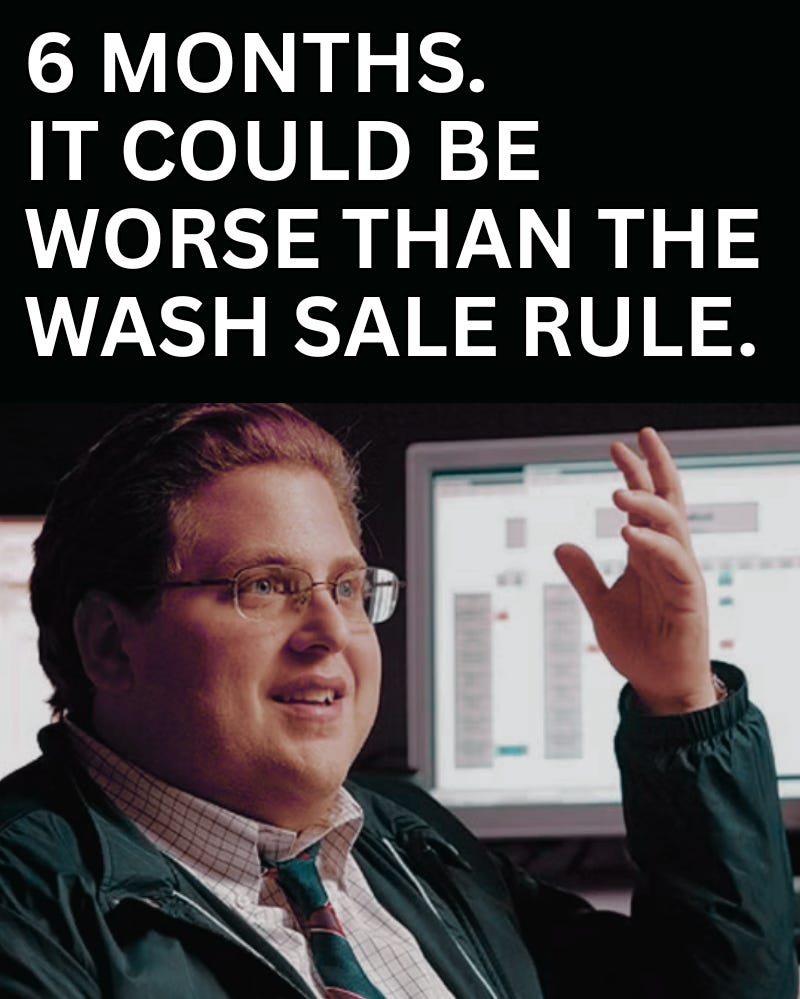Worse than the wash sale rule? Betterment's head of investing weighs in.
Tax-loss harvesting municipal bond ETFs within 6 months could mean some losses are permanently disallowed
Elie Rozner and I teamed up on this piece. This article is for general education. Not advice. Not a recommendation to buy or sell any security or adopt any investment strategy. Consult an adviser about your specific circumstances.
Tax-loss harvesting with municipal bond funds has a little-known pitfall we call the 6-month rule
When investors sell shares a…





